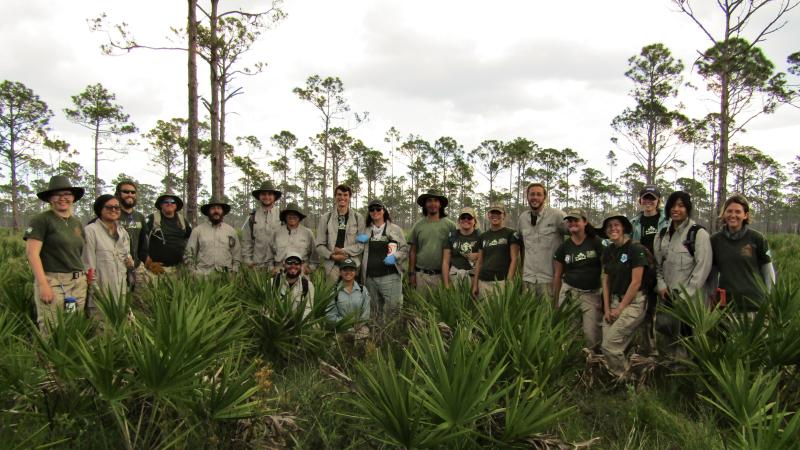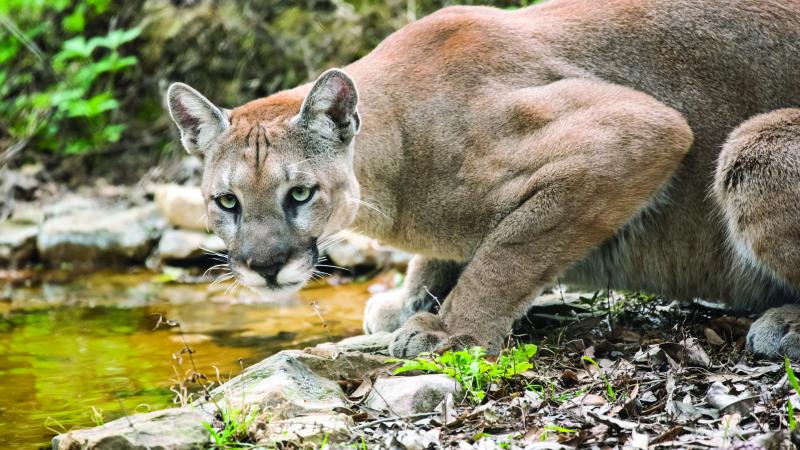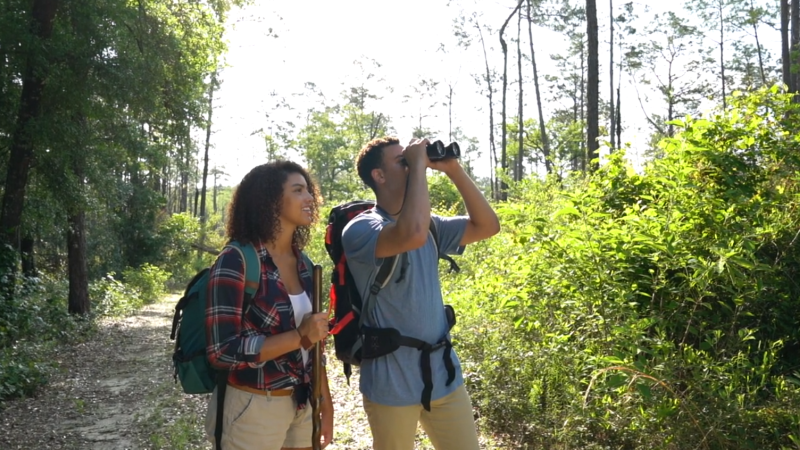Black History Month: Historic Black Communities
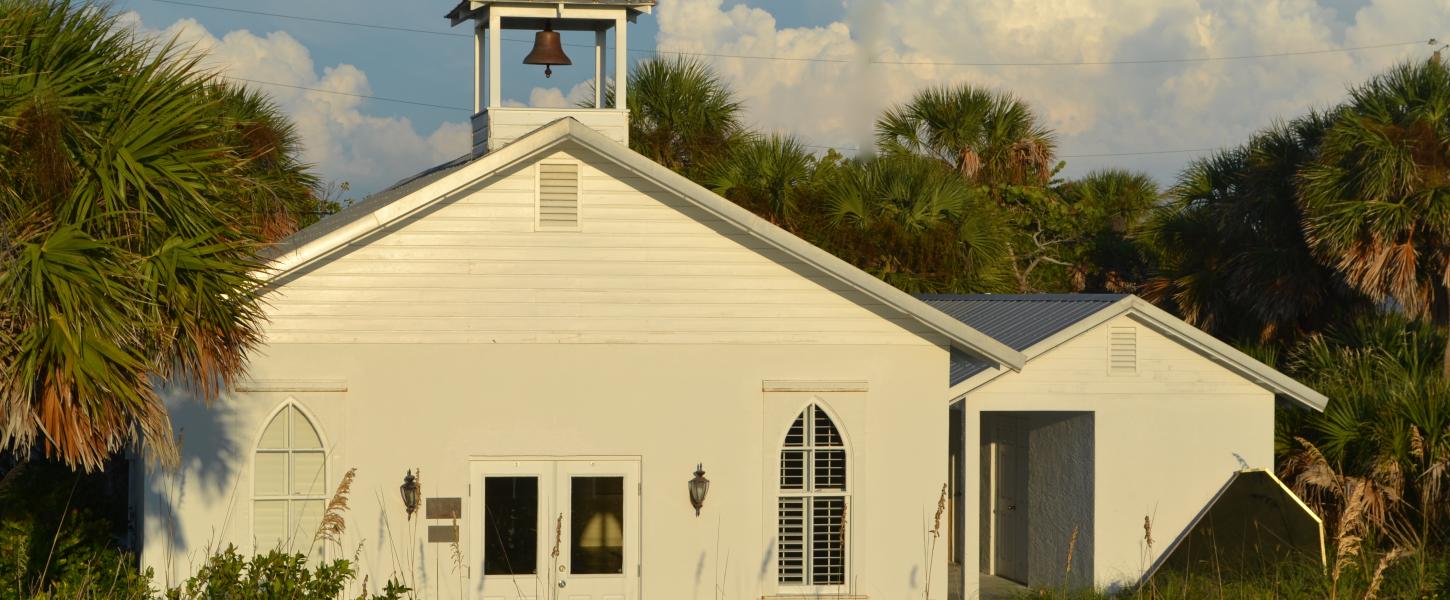
Black History Month: Historic Black Communities
Throughout Florida’s history, Black communities have made enormous contributions to our economy and culture. From agriculture to railroad construction and our modern tourism industry, Black Floridians overcame numerous obstacles to help build this state.
Over time, many of the state’s historic Black communities have been destroyed or displaced, threatening the stories of Black pioneers. At Florida State Parks, we protect some of these sites, preserving the legacy of the Black Americans who laid the groundwork for our future.
Fort Mose
Located just north of St. Augustine, Fort Mose was the first legally sanctioned community for free Blacks in America. These brave men and women fought to protect St. Augustine for 25 years, across two iterations of the fort, until Spain ceded Florida to England in 1763. Their legacy lives on at Fort Mose Historic State Park.
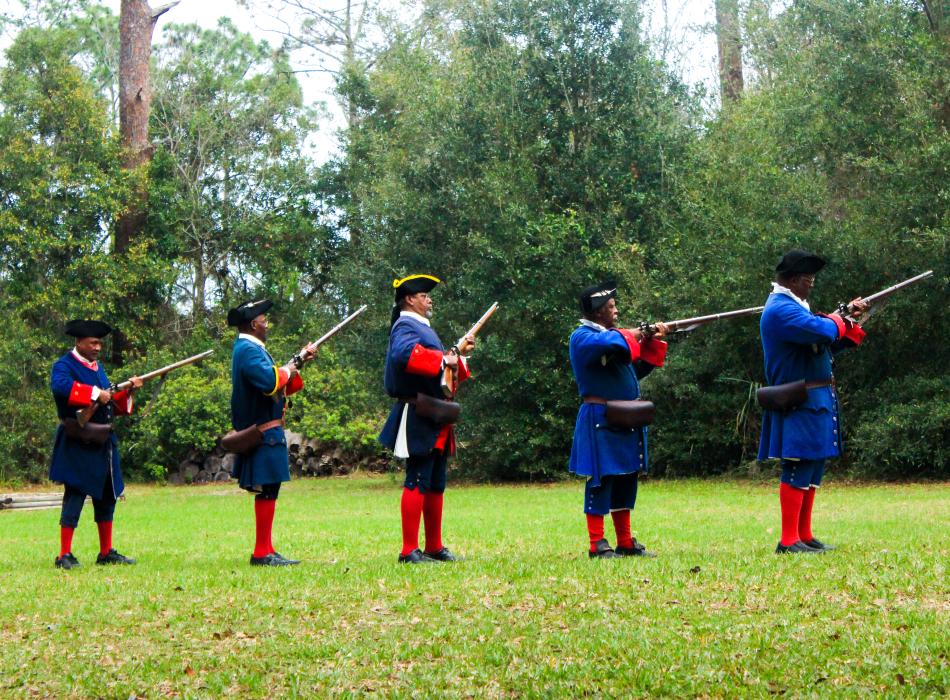
Overstreet Community
One of Florida’s first land-owning African-American communities was situated in what is now Alfred B. Maclay Gardens State Park. Following the Civil War, nearby plantation owner Mariano Papy sold land near the park’s two lakes to formerly enslaved families.
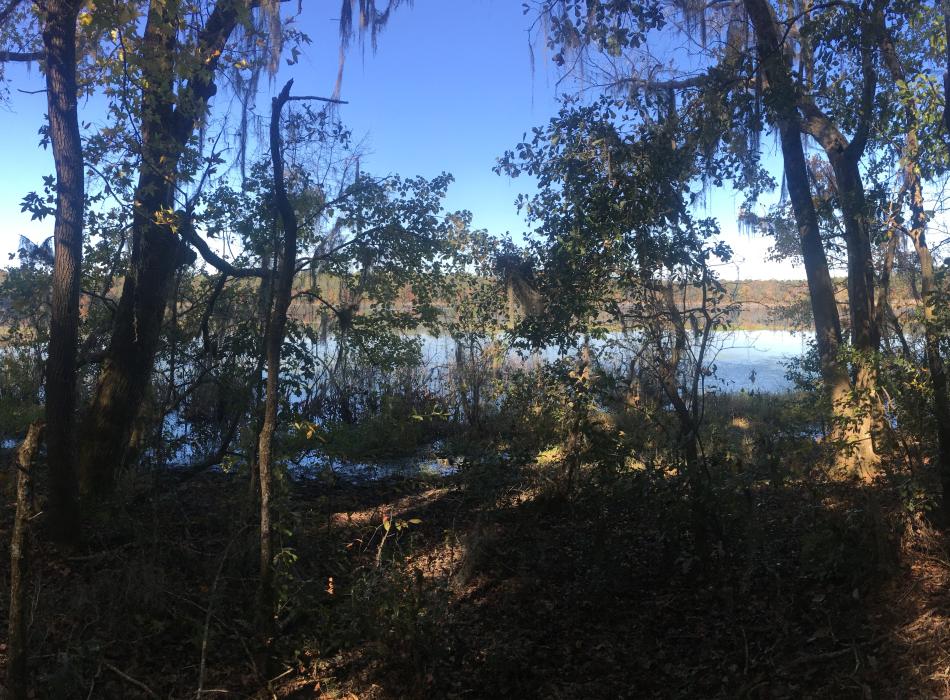
Armstrong
Once a thriving town along the Florida East Coast Railway, Armstrong is one of the oldest African-American communities in St. Johns County. Part of the “potato belt,” the town shipped crops, timber and turpentine across Florida by rail.
Remnants of St. Mary’s African Methodist Episcopal Church, built in 1914, can still be seen along the Palatka-to-St. Augustine State Trail. Three other sites from historic Armstrong dot the trail – a post office, the rail depot and the Sand Cut Railroad Camp, which housed railway workers and their families.
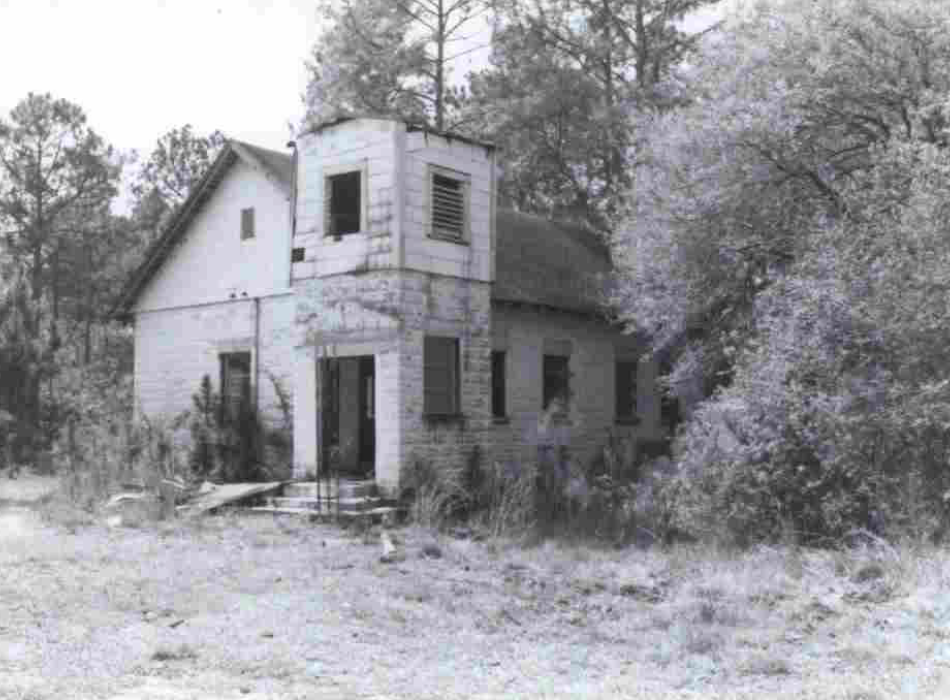
Santos
Located south of Ocala, Santos was most notable as a stop along the Southeast circuit of Negro League baseball during the 1890s. Baseball was a huge draw - both Black and white Floridians flocked from neighboring towns to watch the games.
In the 1920s, construction began on the Cross Florida Barge Canal. Though never completed, its construction displaced land and people. Today, the Historic Santos Recreation Area along the Marjorie Harris Carr Cross Florida Greenway gives visitors a place to pay respects to those who lived there.
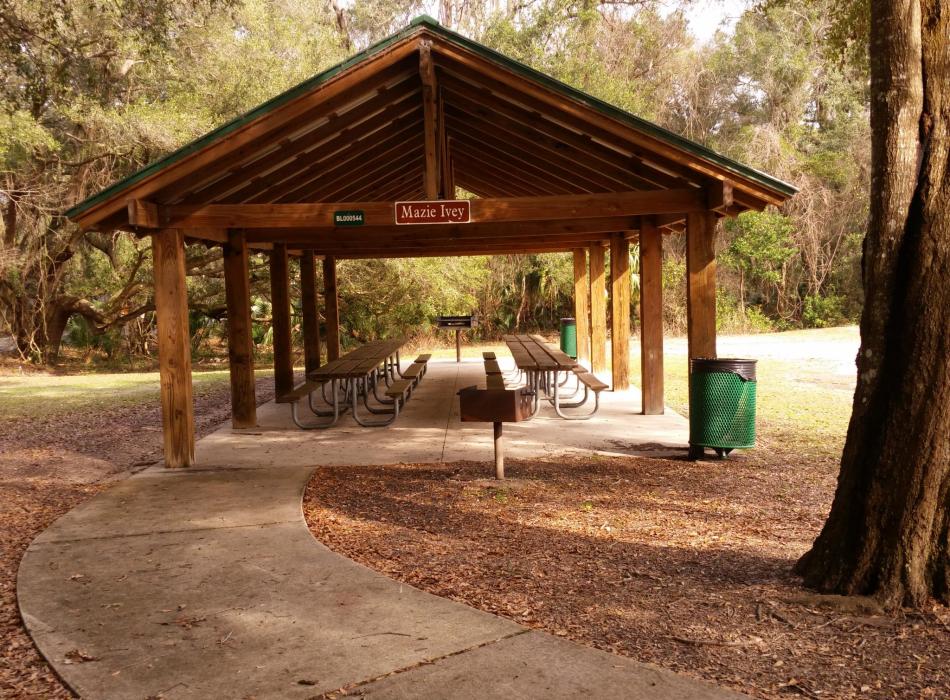
Tarpon Pass Estates
Though the picturesque lighthouse usually gets people’s attention, a simpler building at Gasparilla Island State Park hints of the historic Black community that lived there. Originally drawn to Boca Grande to work in the railroad, port and sport fishing industries, Black Floridians built a small community on the island.
In the 1950s, families were forced to relocate as private landowners sought development. The families rebuilt in an area called Tarpon Pass Estates, but flooding forced them to relocate again in the 1980s. Amory Chapel, once used by both African Methodist Episcopal and Shiloh Baptist congregations, can still be seen within the park and serves as a reminder of this resilient community.
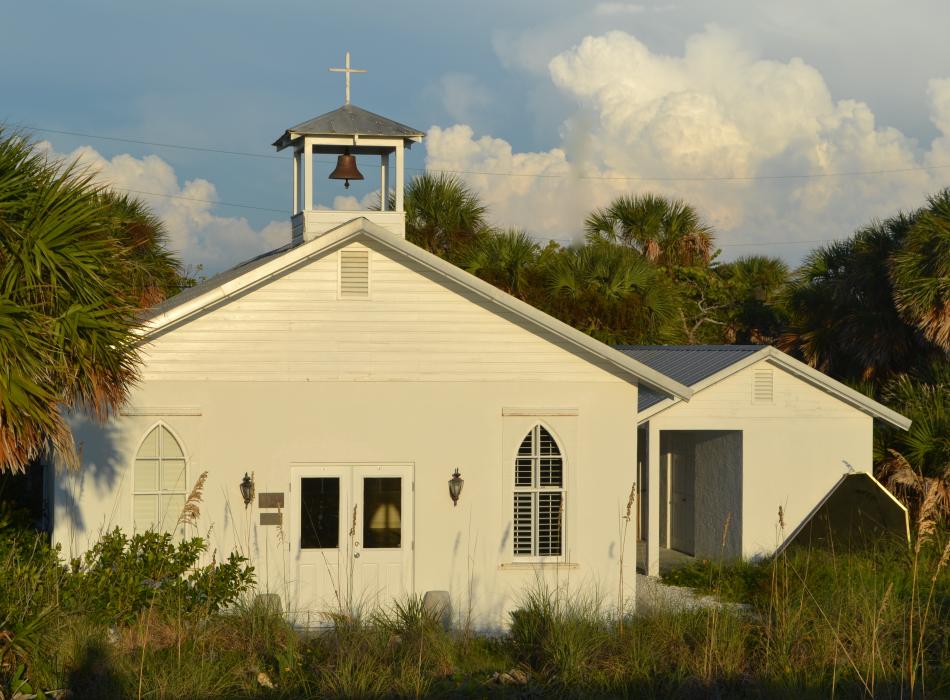
This article was published in the Real Florida ℠ Connection, the Florida State Parks e-newsletter. Sign-up to get updates and stories from your state parks the first week of every month.
